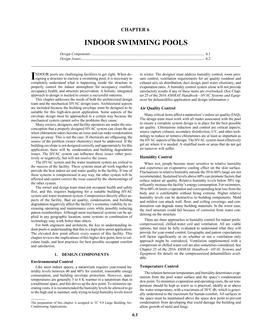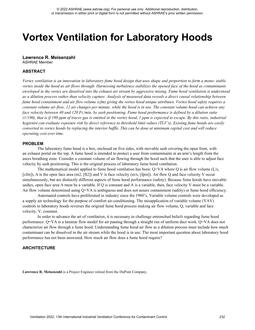When building component manufacturers design new component parts, it is still common in Germany and Austria to use the “Glaser diagram†(dew-point method) to predict the hygrothermal behavior. One reason is that during the design process, experimental investigations are expensive and of limited transferability. An alternative is the use of validated models. The main advantage of modeling is that modeling can predict the long-term hygrothermal performance of the system under different climatic conditions, changes in the interior conditions, or the effect of different system components in a fast and cost-effective way (e.g., with or without vapor retarder). One problem is that after the computer design process, only few new building components are actually tested and monitored in practice. This paper will show the successful use of a simulation program during the early designing process of structural insulated panels and how the calculated results influenced the final design of the structural insulated panel (SIP) system. The designed construction was monitored intensively at the outdoor testing field in Holzkirchen/Germany. The comparison of measurement and simulation with WUFI demonstrates good agreement. Based on the experiments and calculations under various climatic—including indoor—conditions, this SIP’s hygrothermal performance will be demonstrated.
Citation: Thermal Performance of Exterior Envelopes of Whole Buildings IX
Product Details
- Published:
- 2004
- Number of Pages:
- 10
- File Size:
- 1 file , 9.6 MB
- Product Code(s):
- D-BldgsIX162


